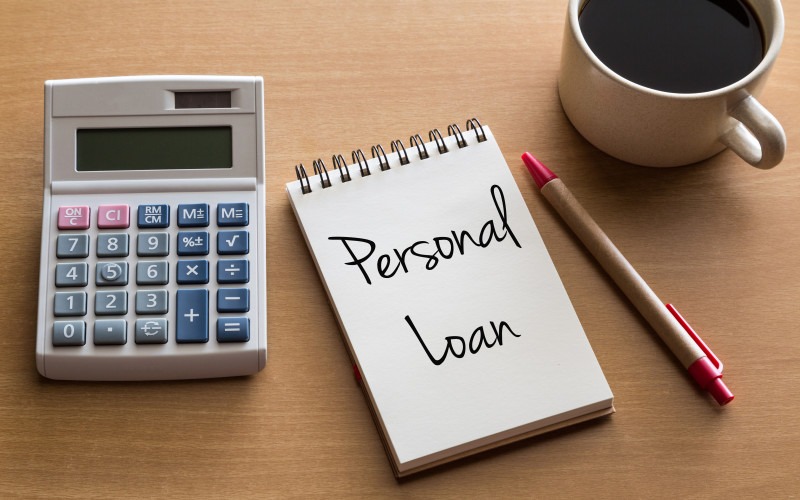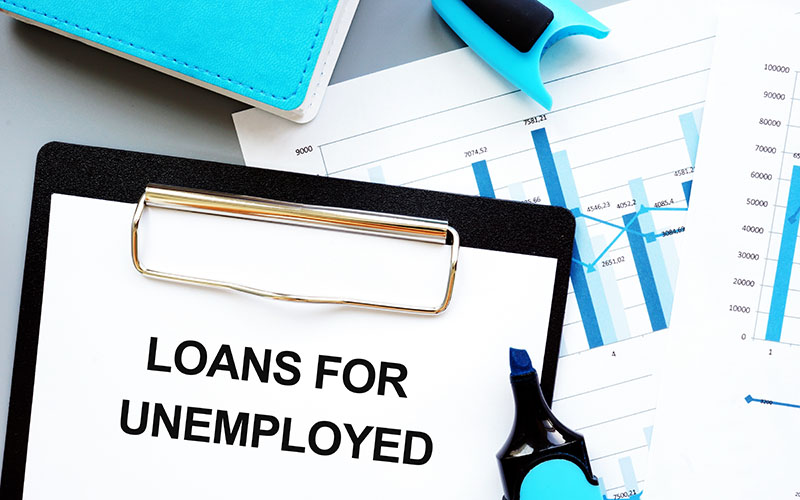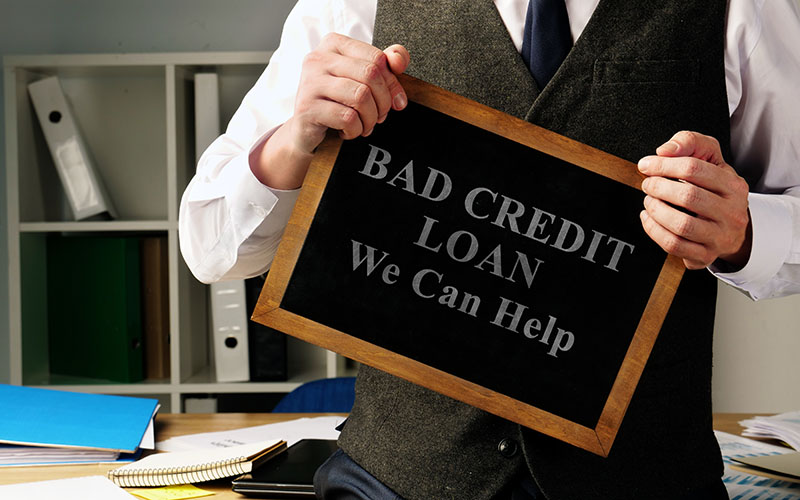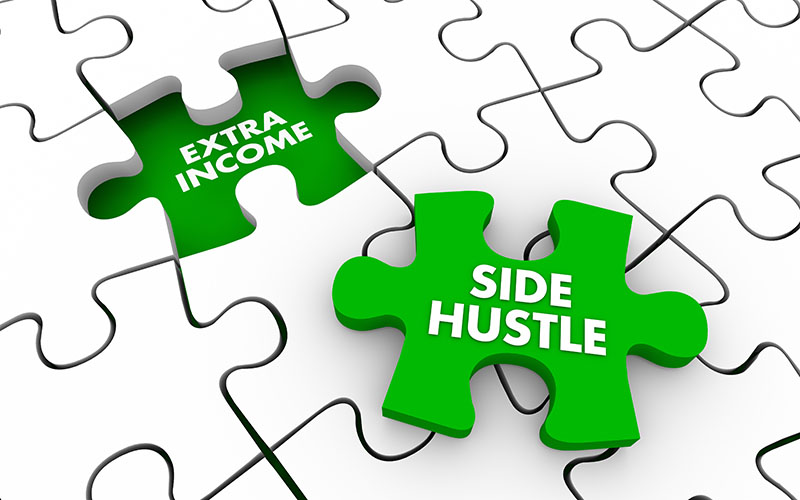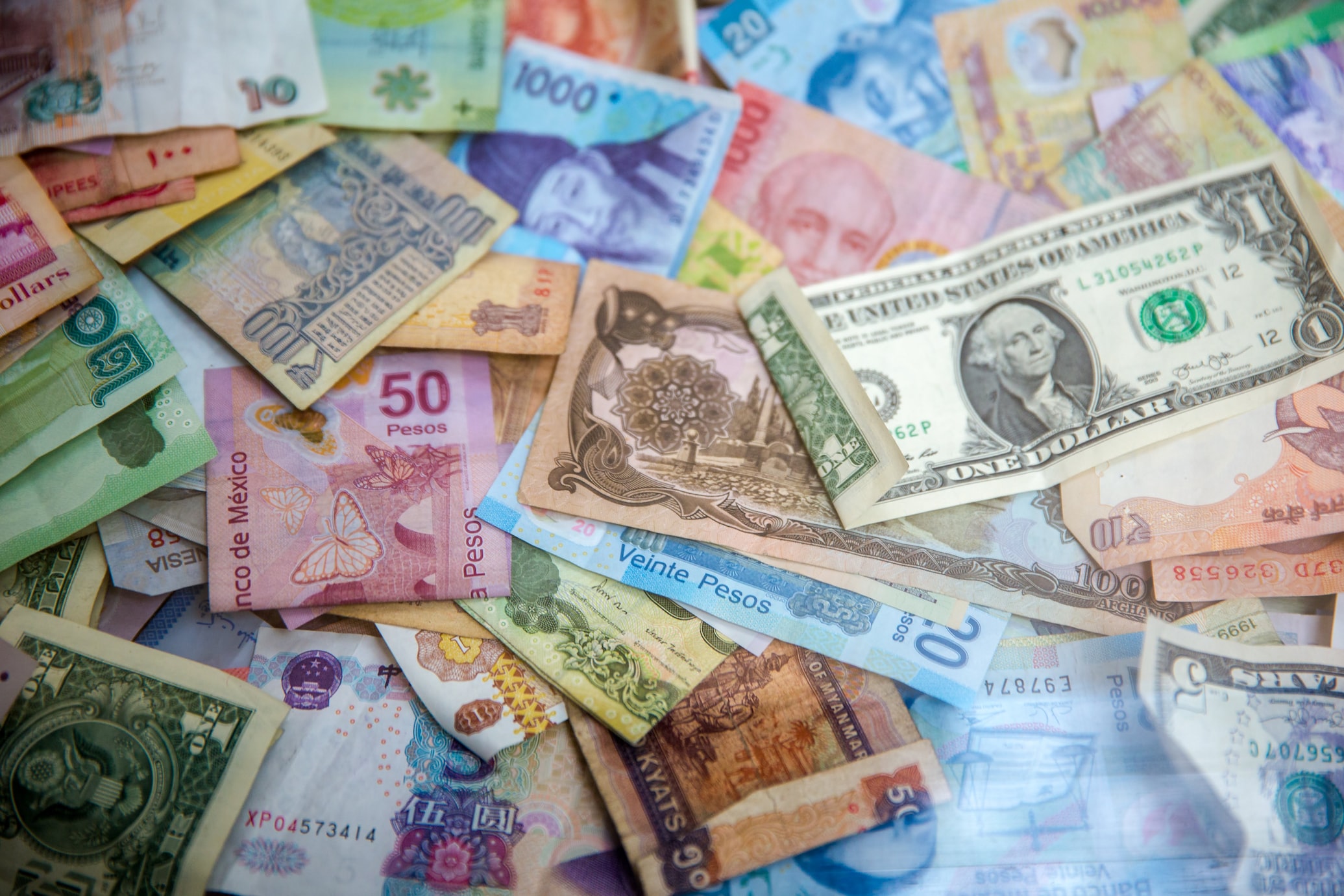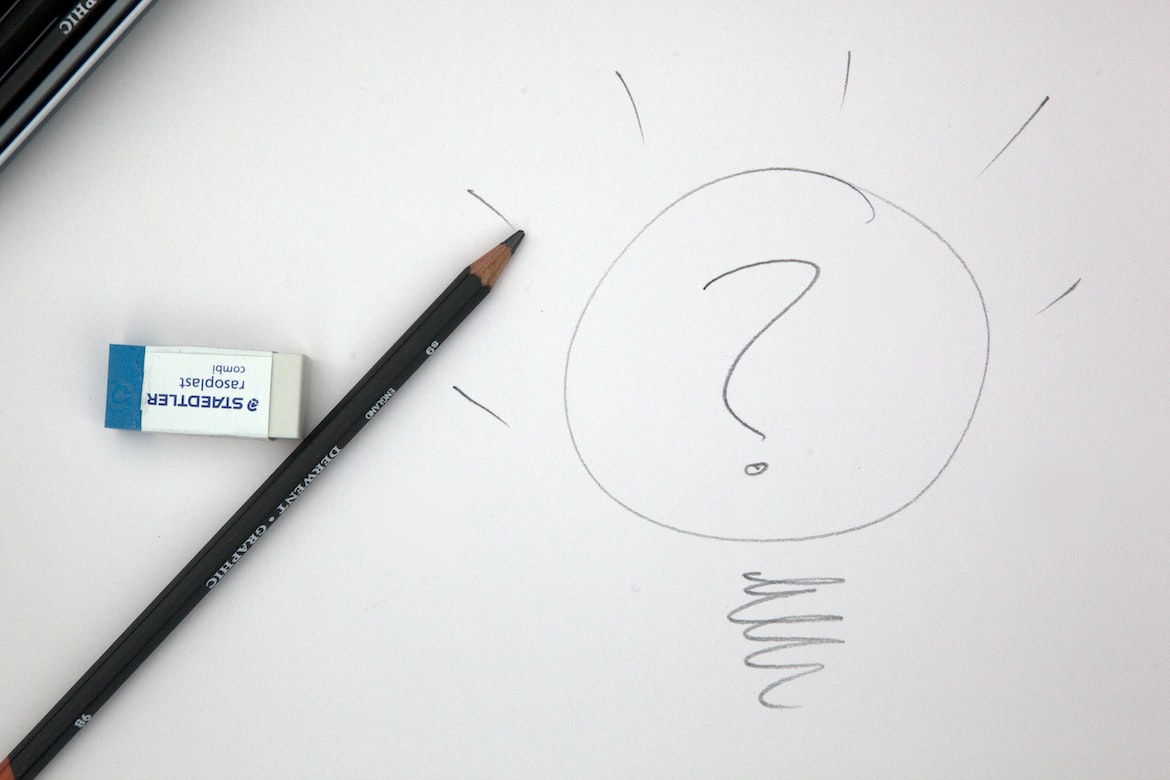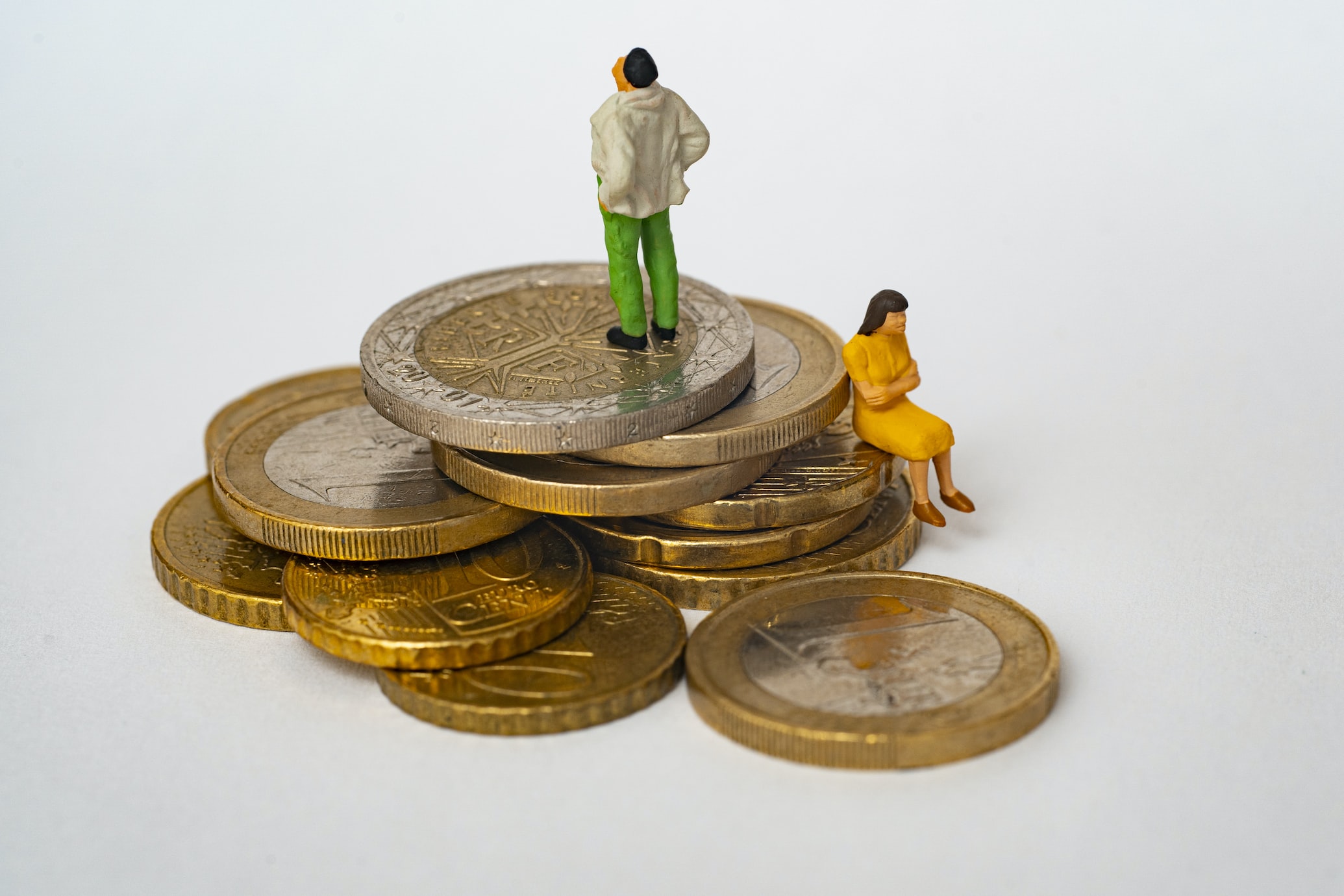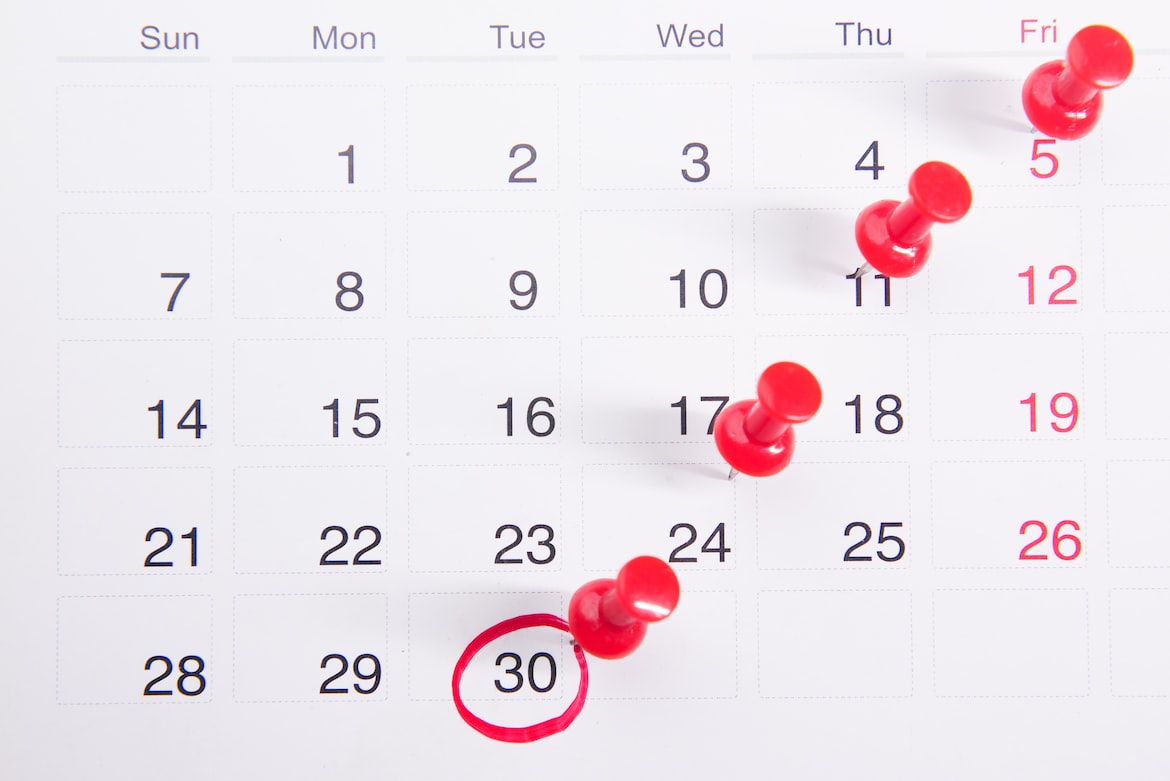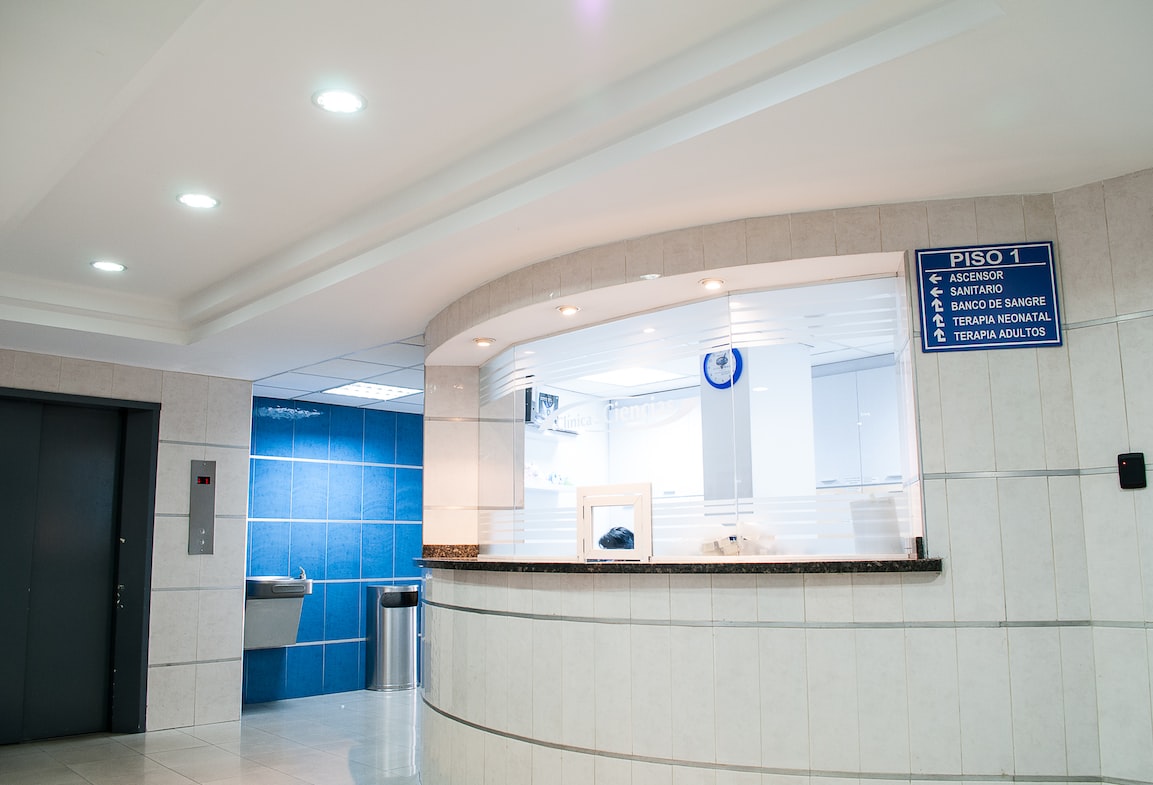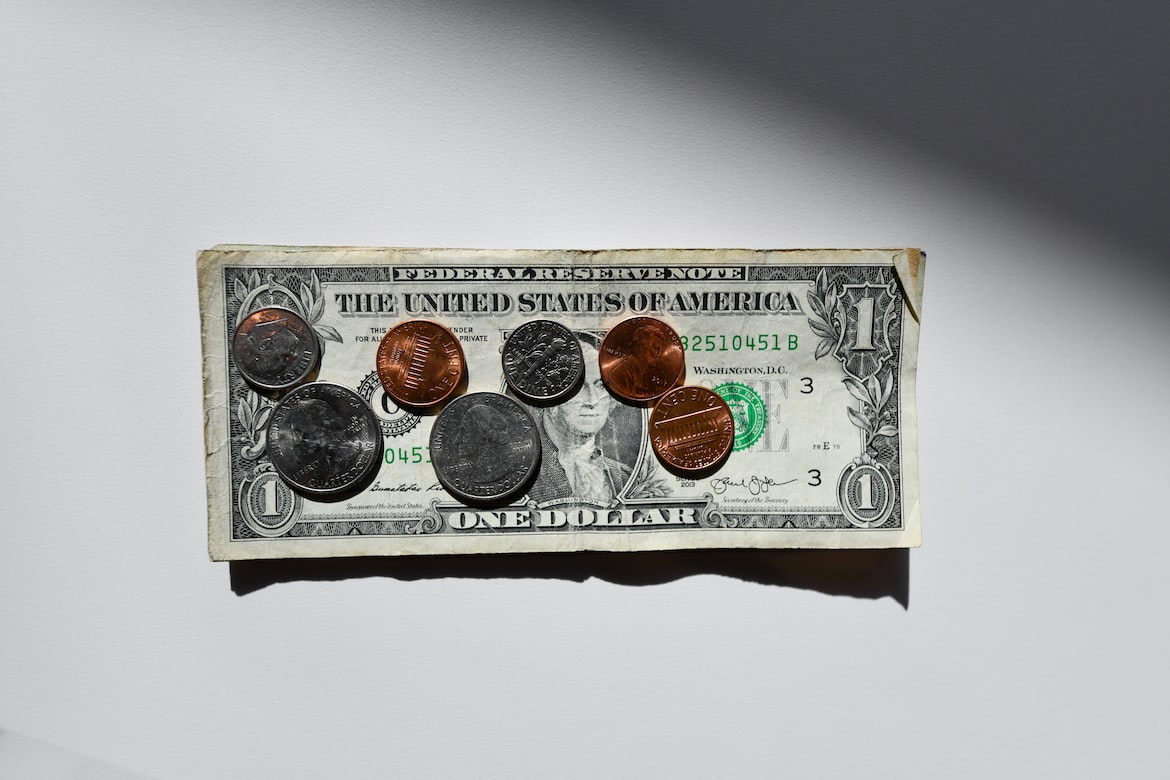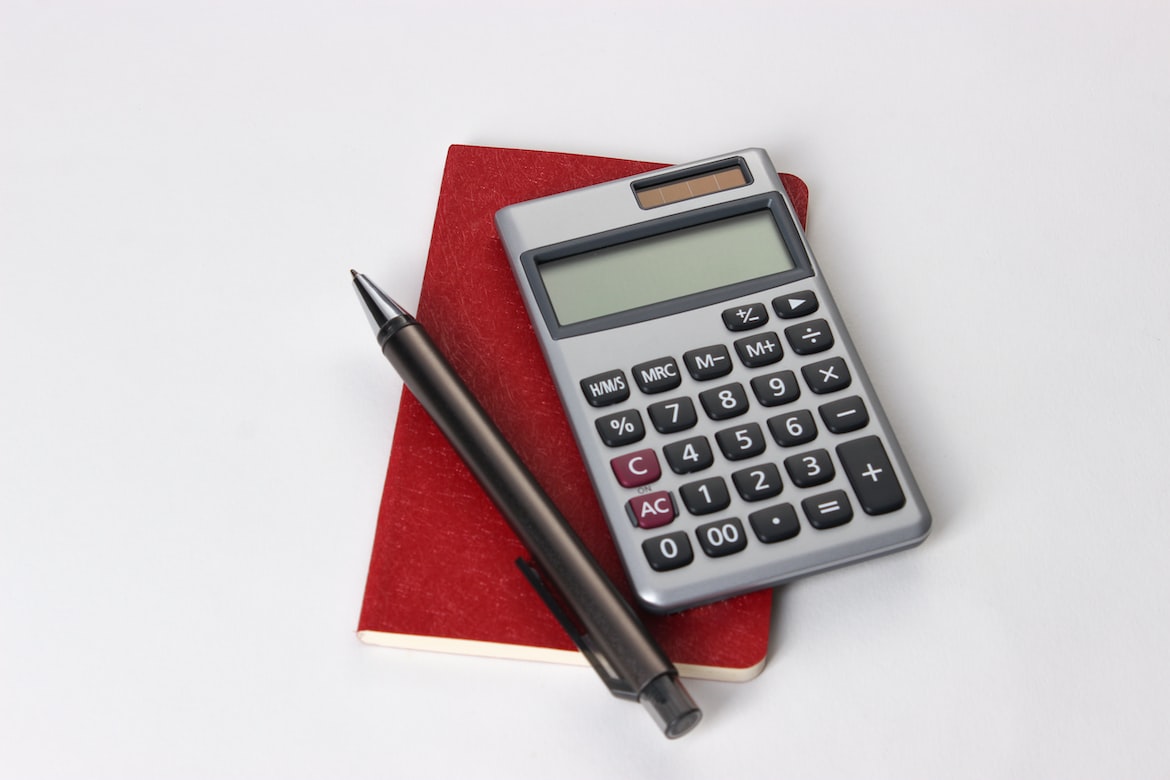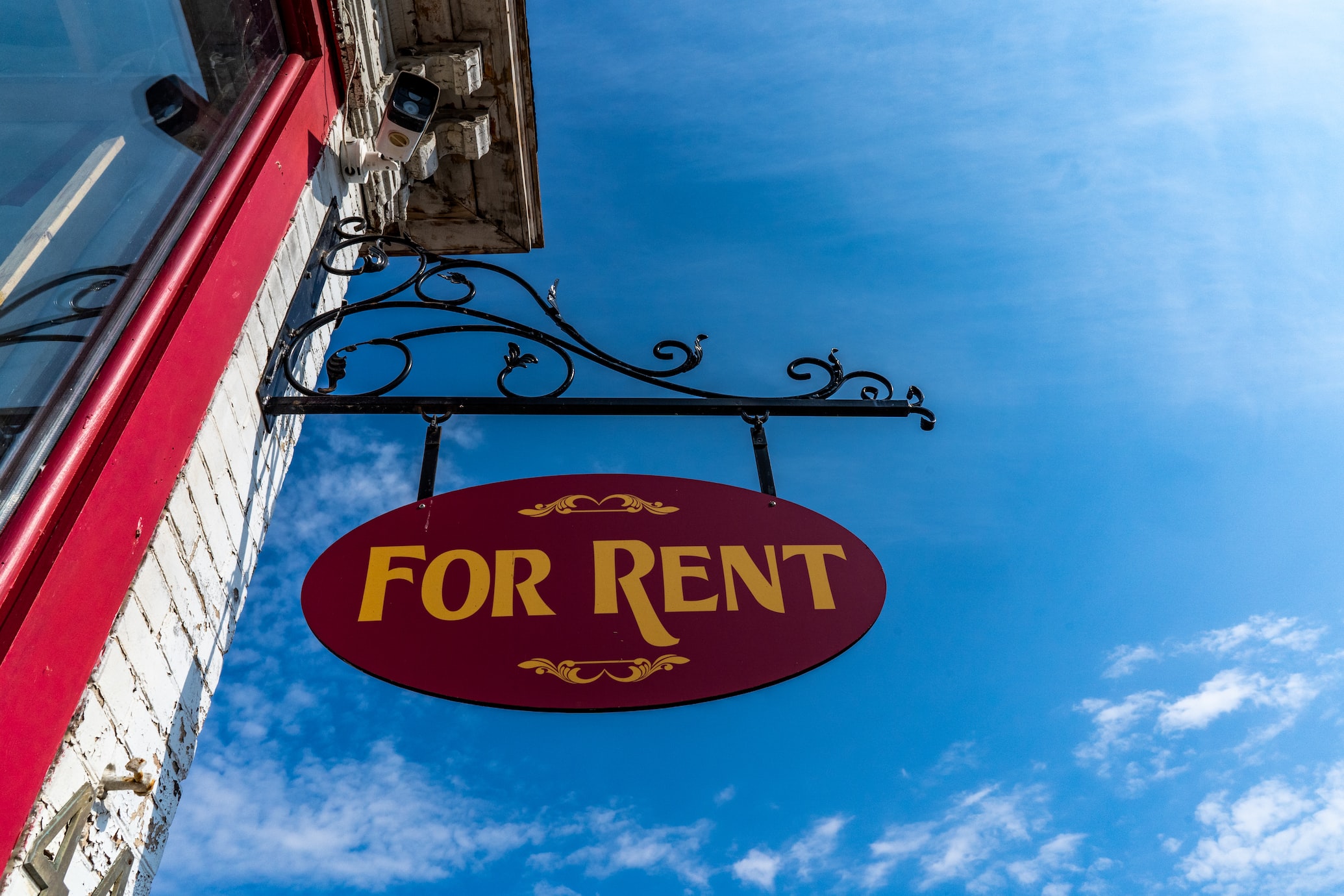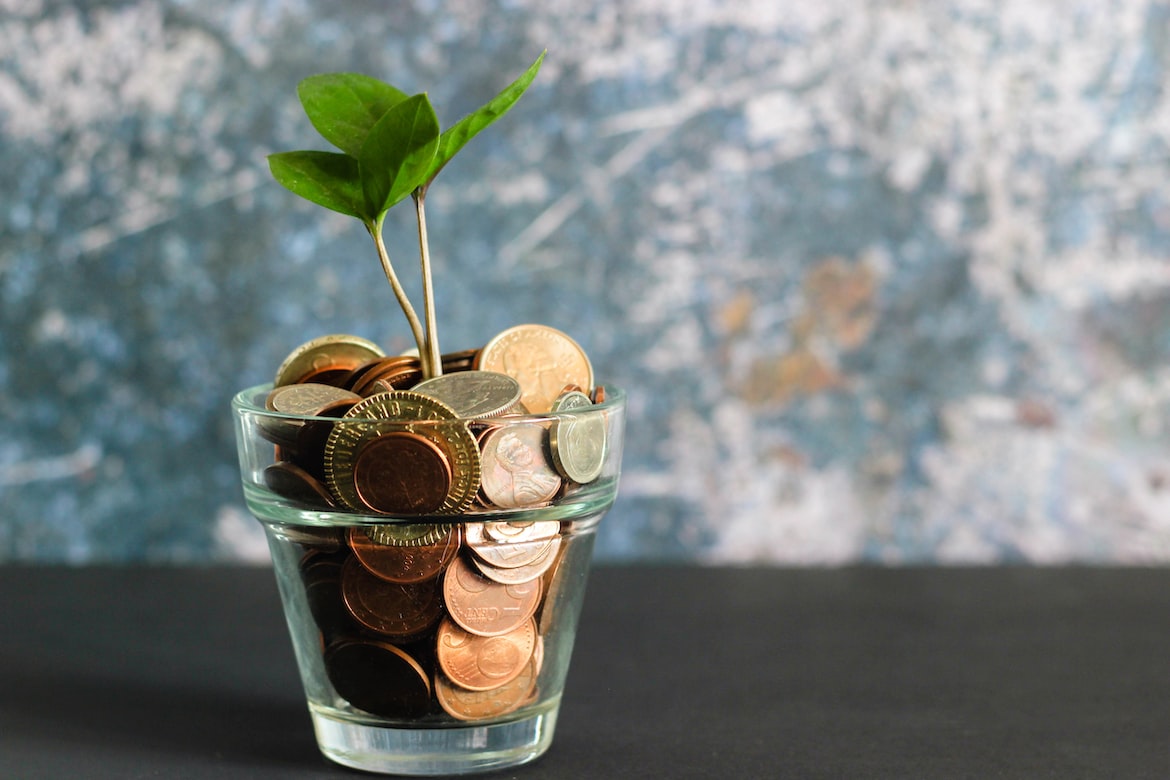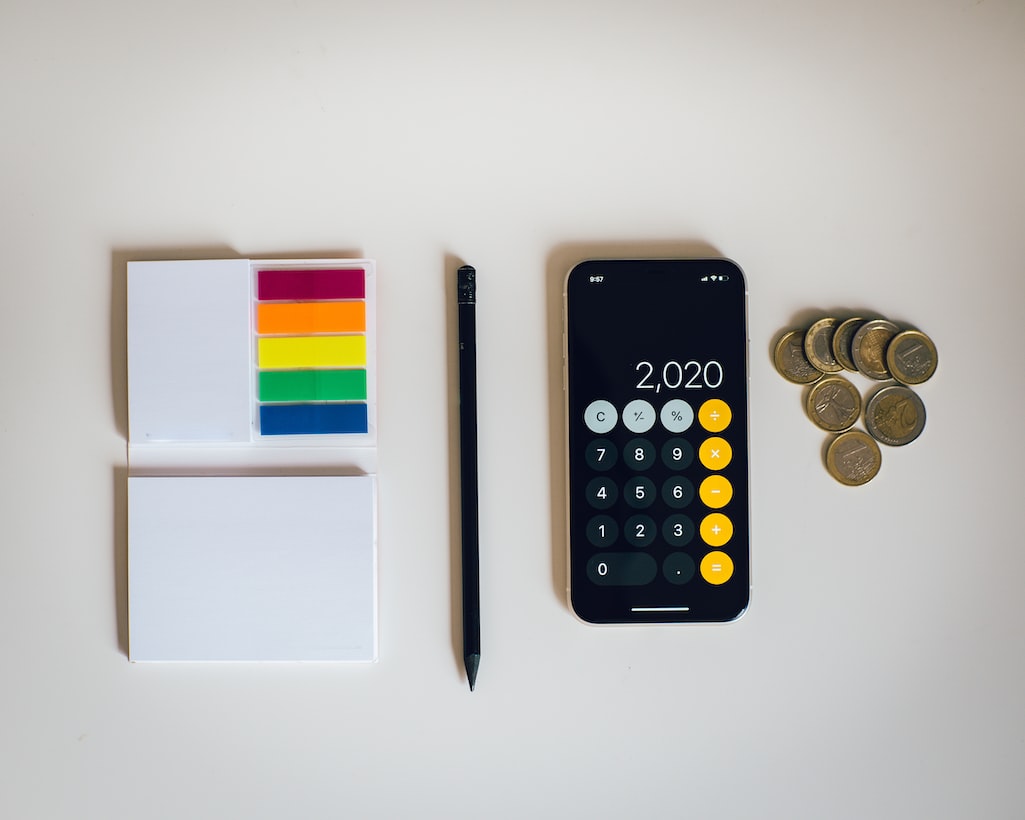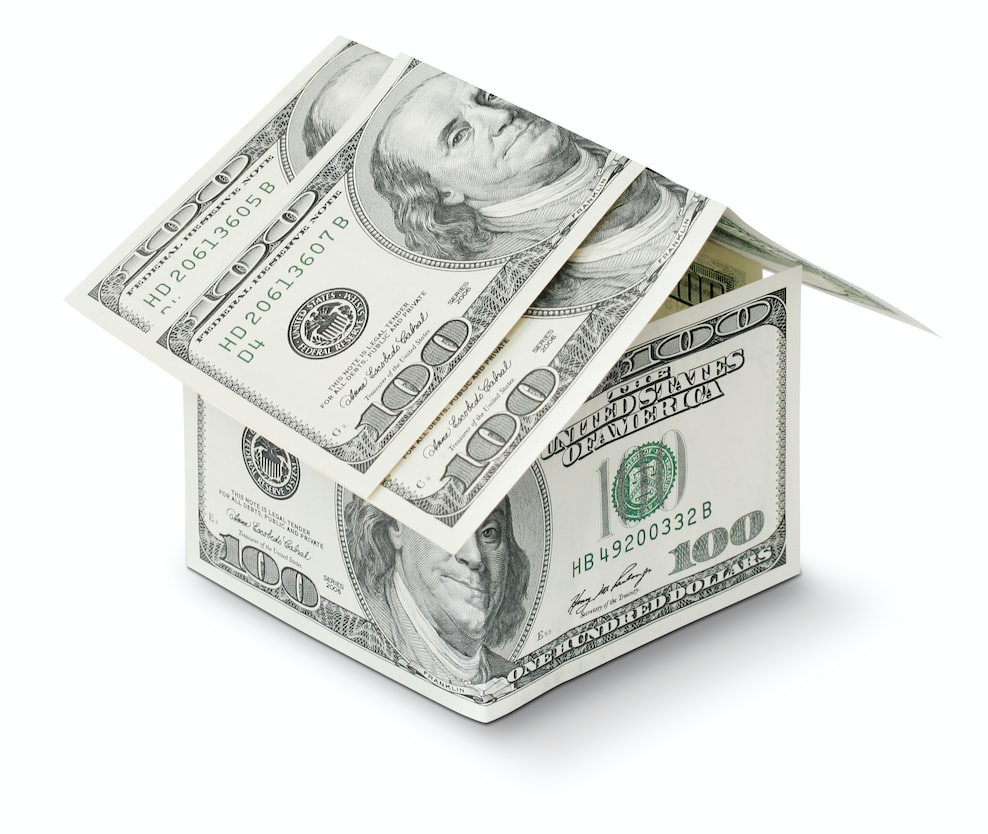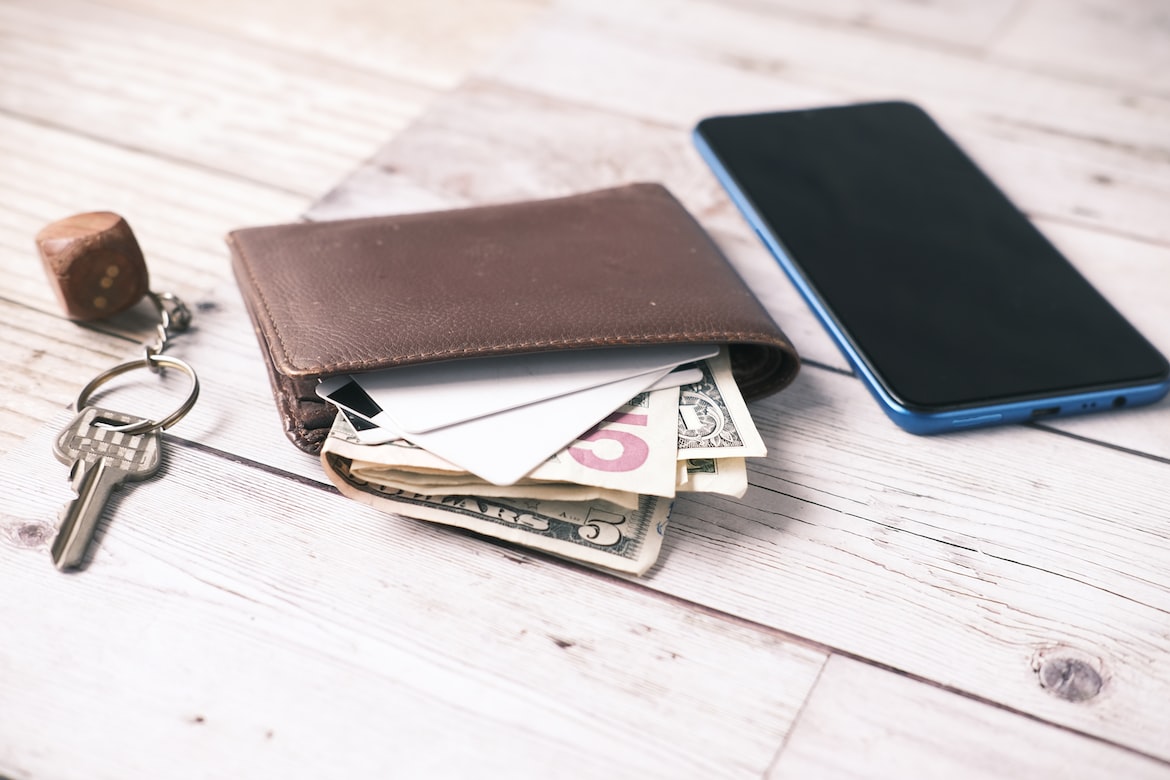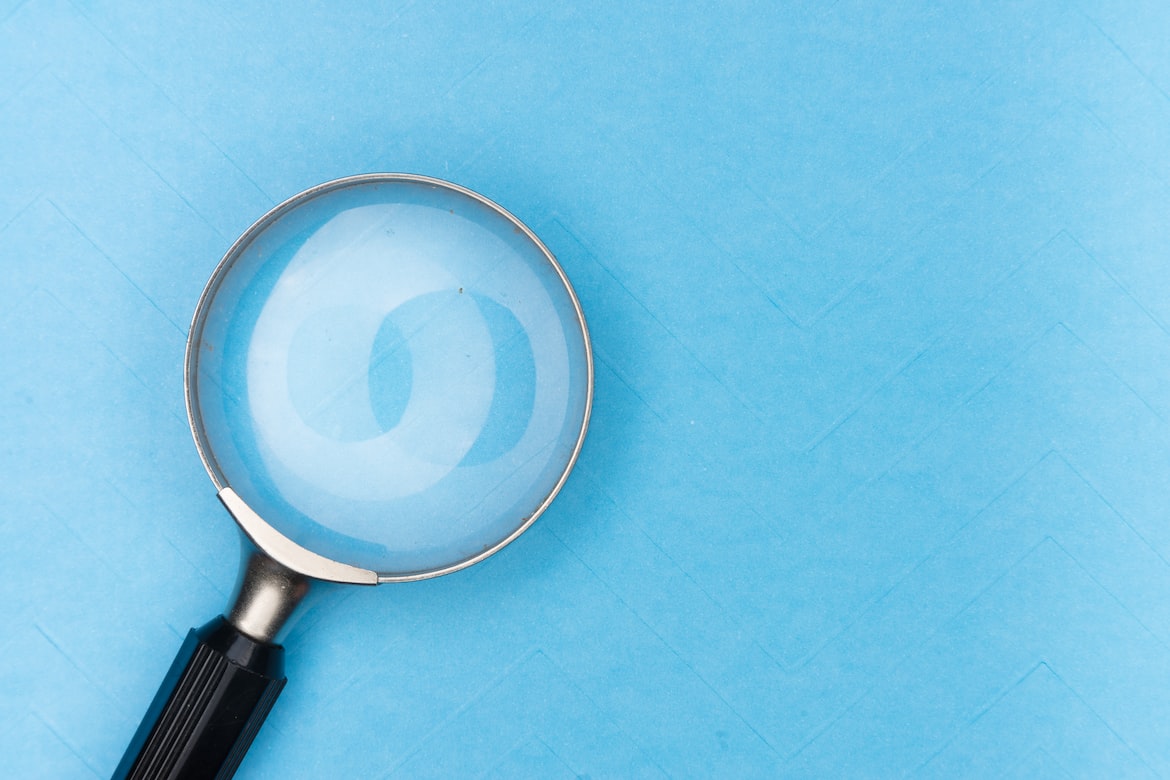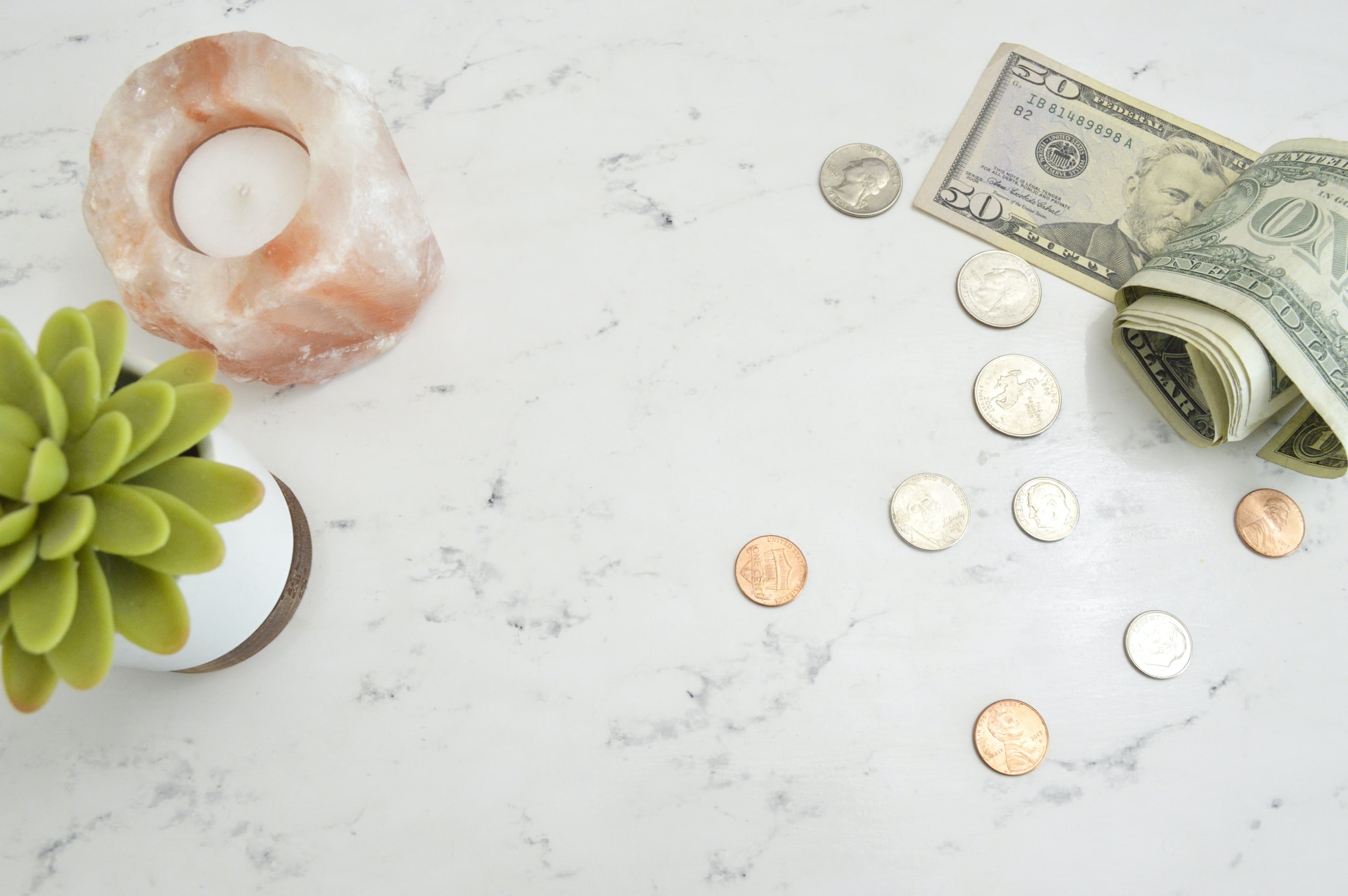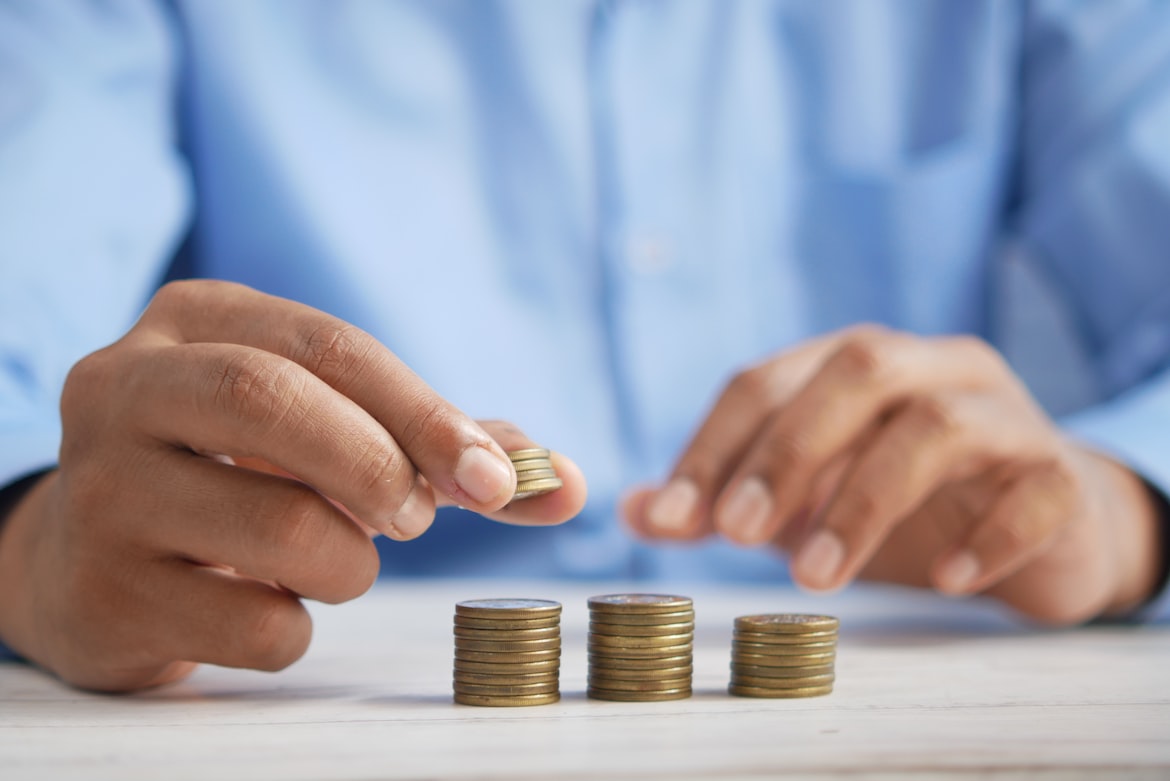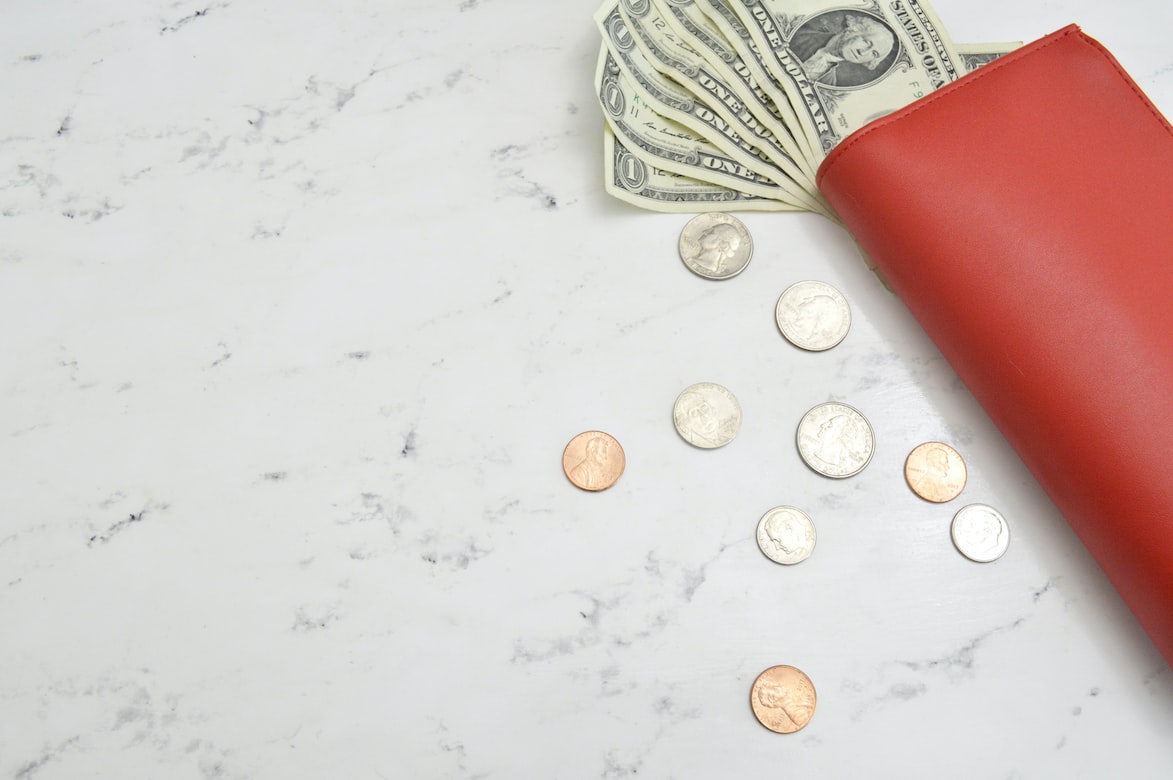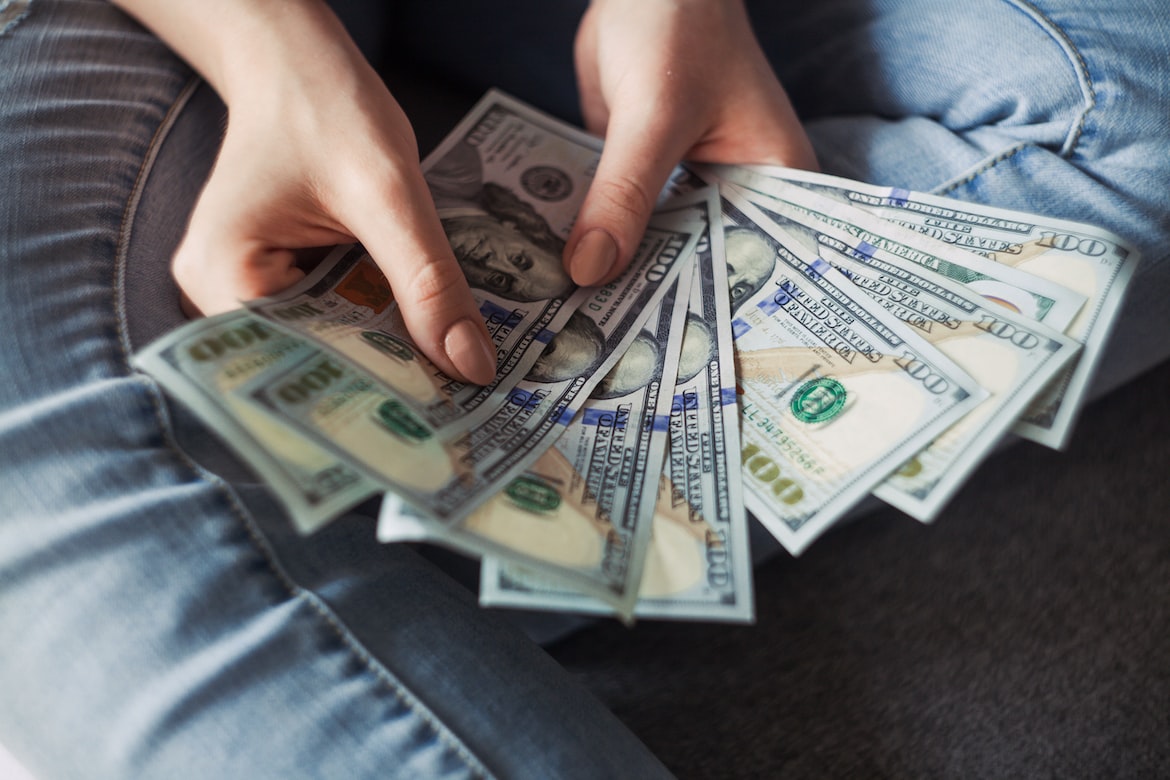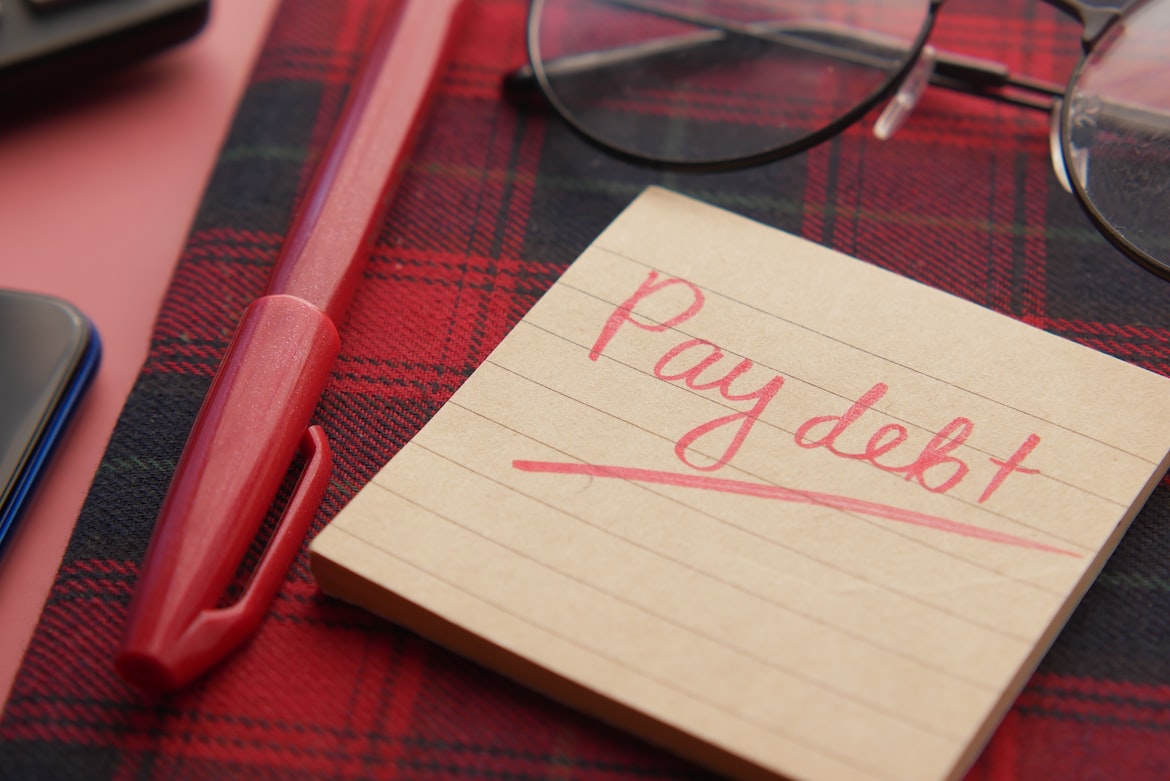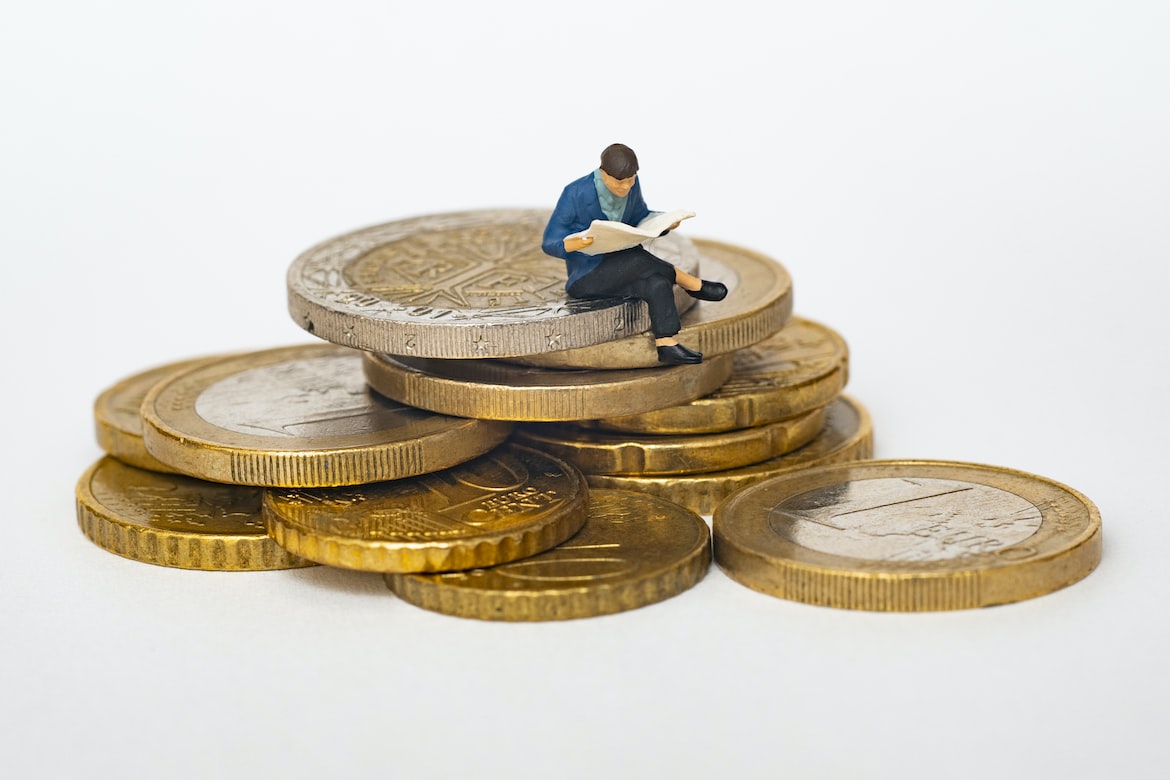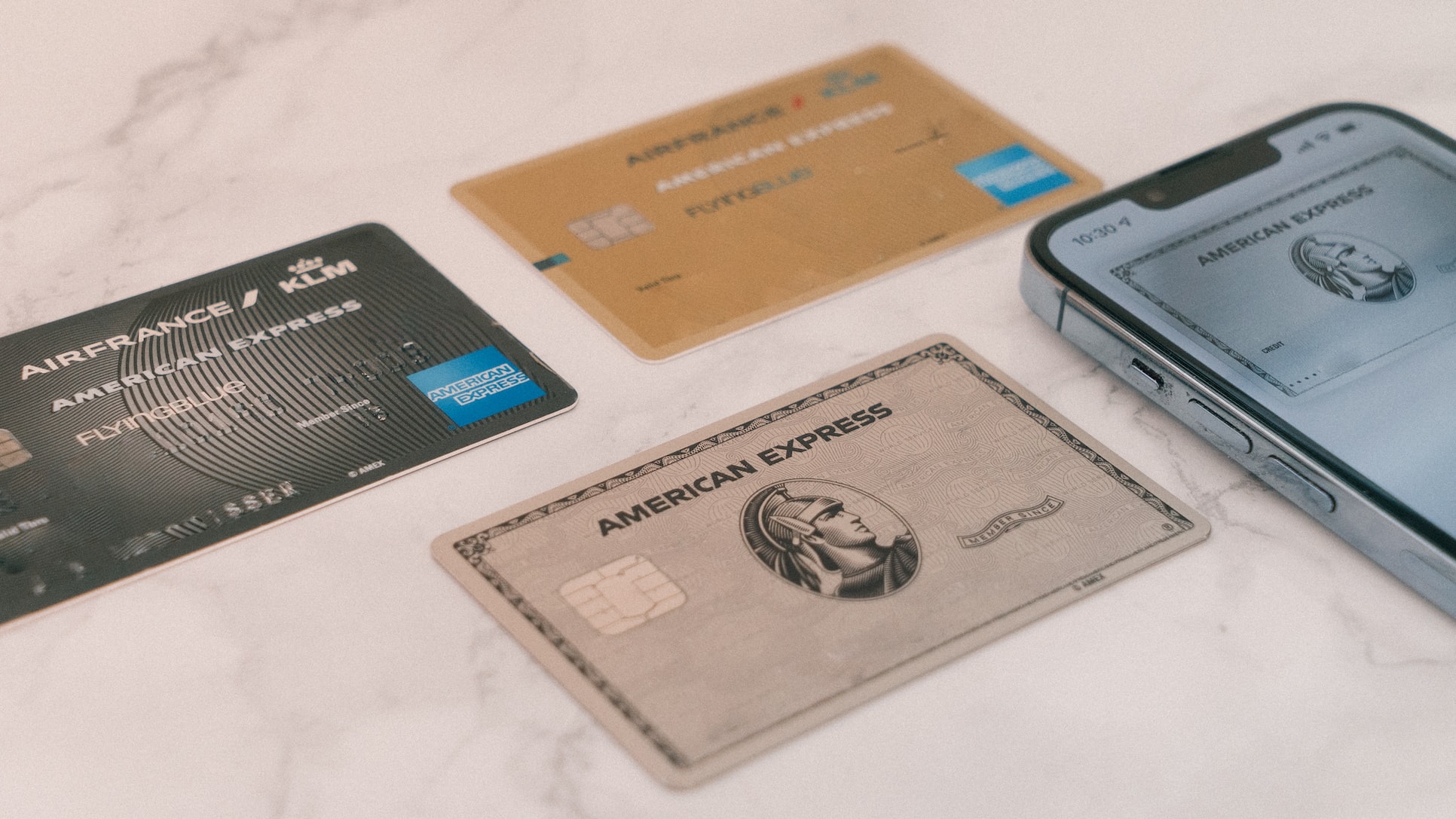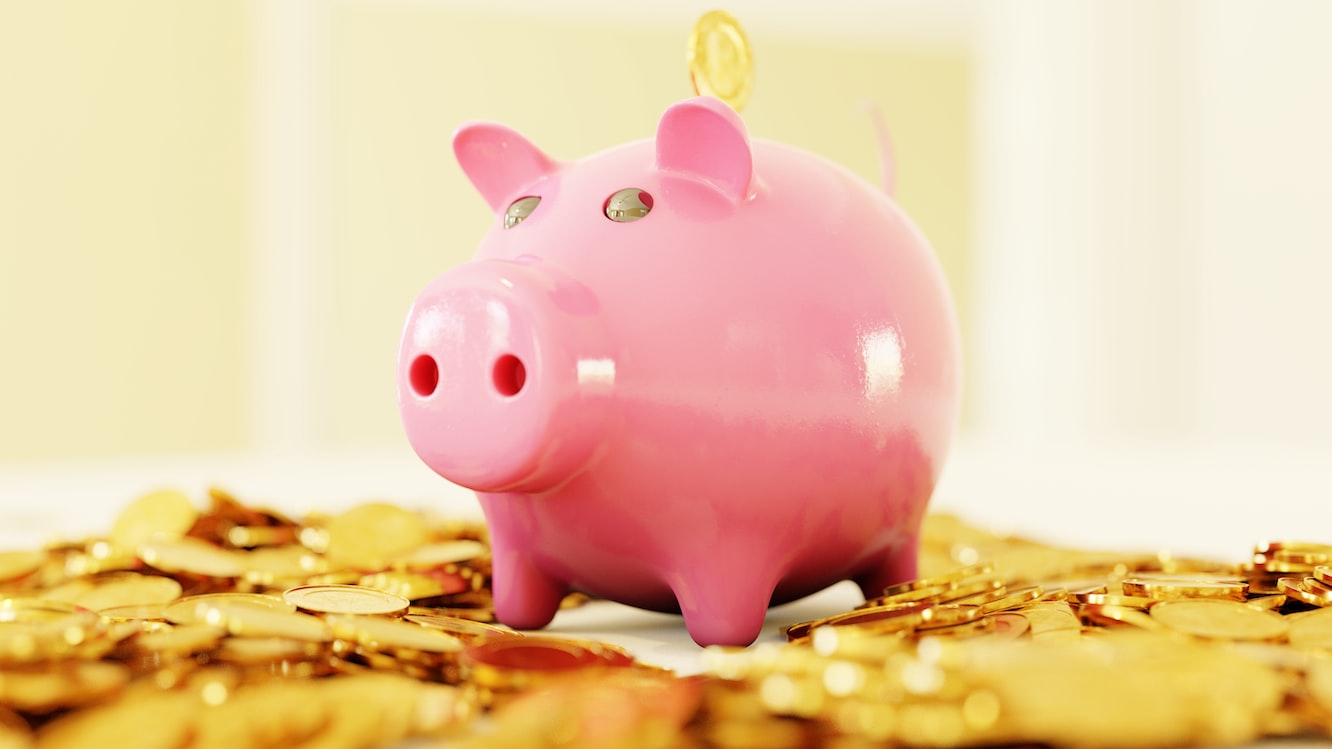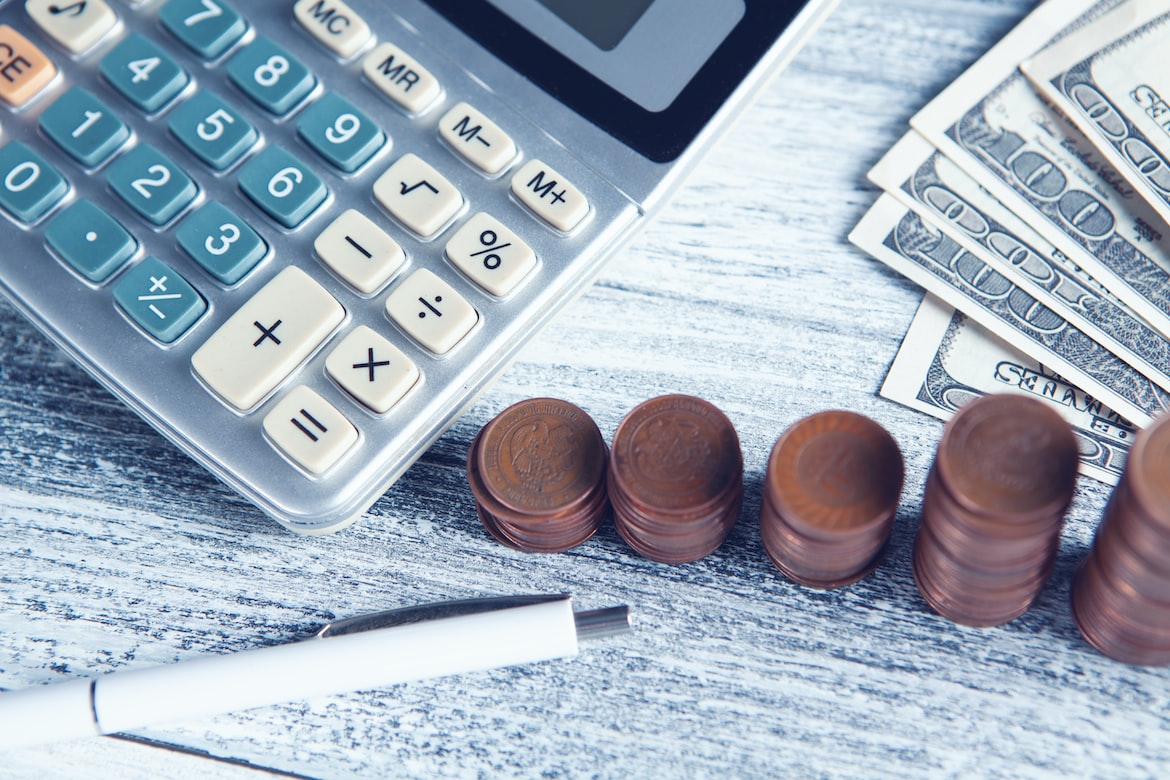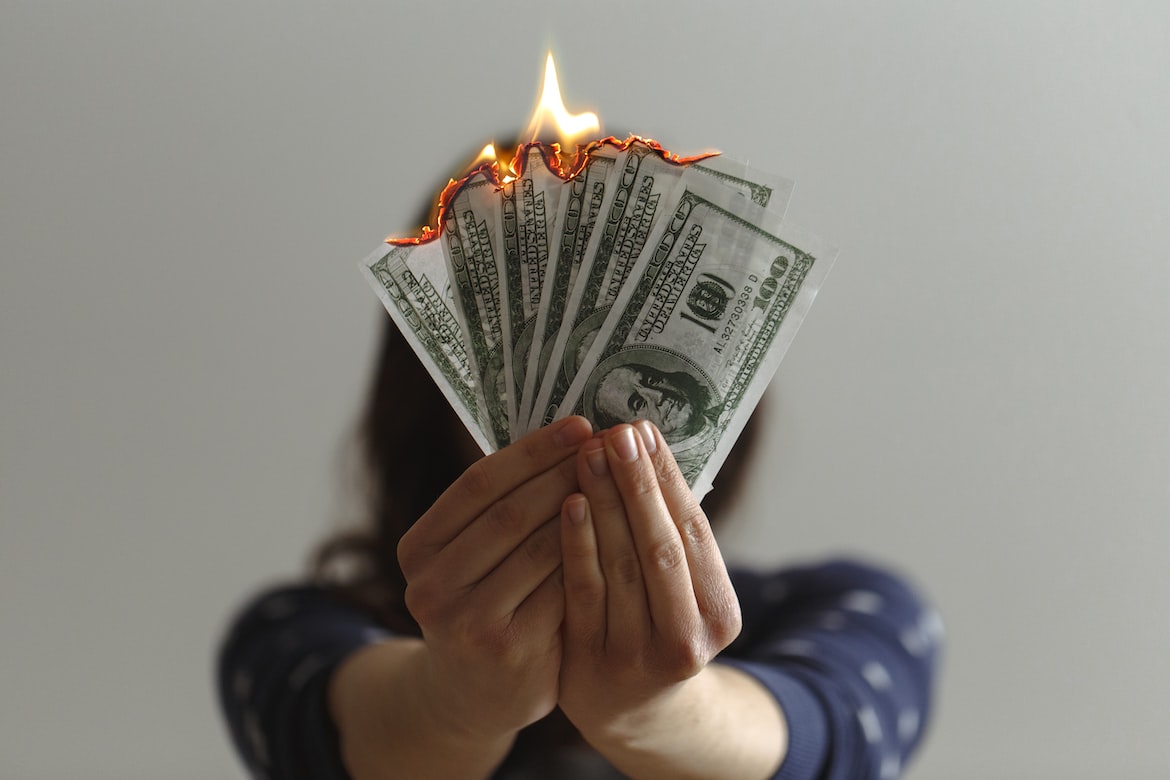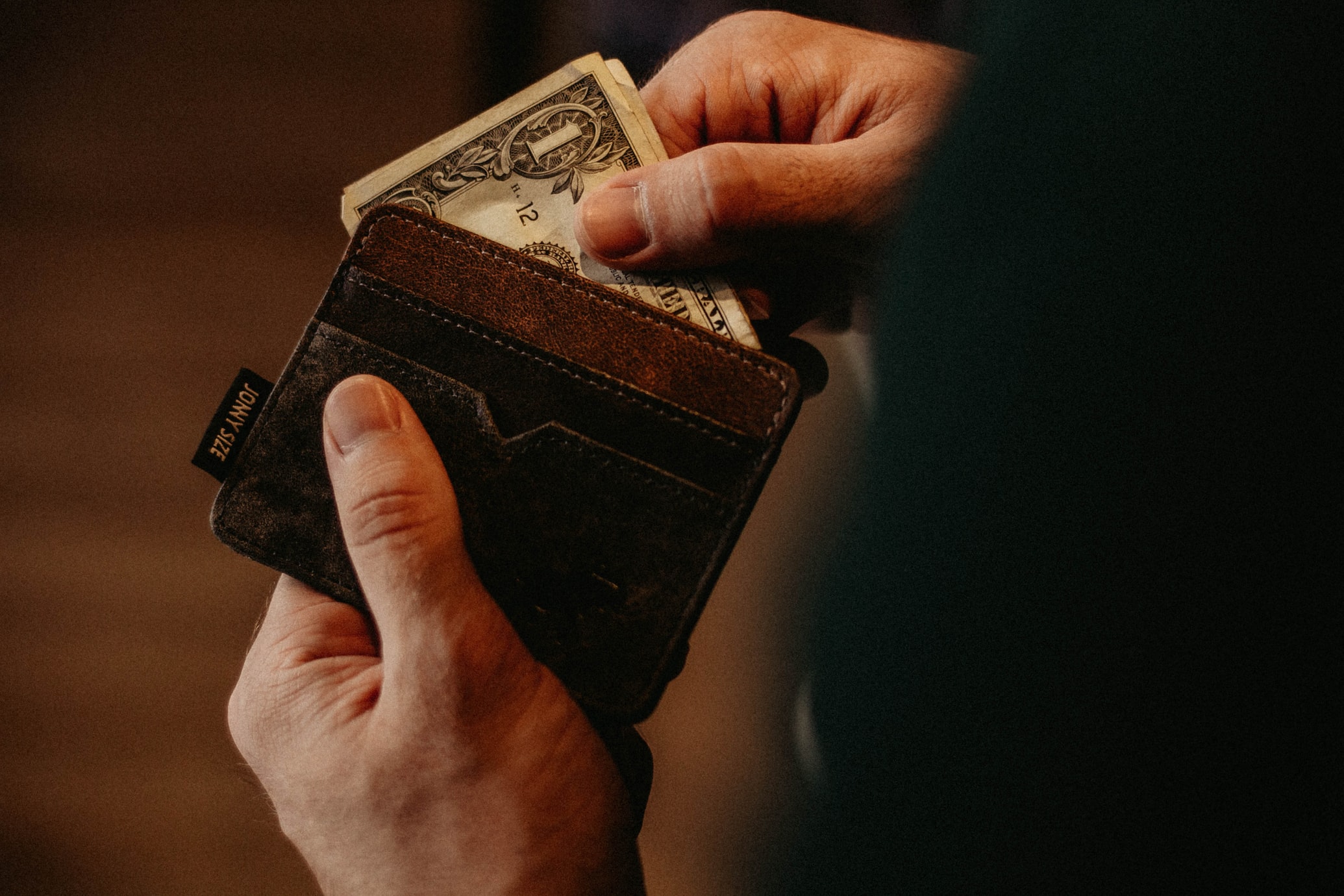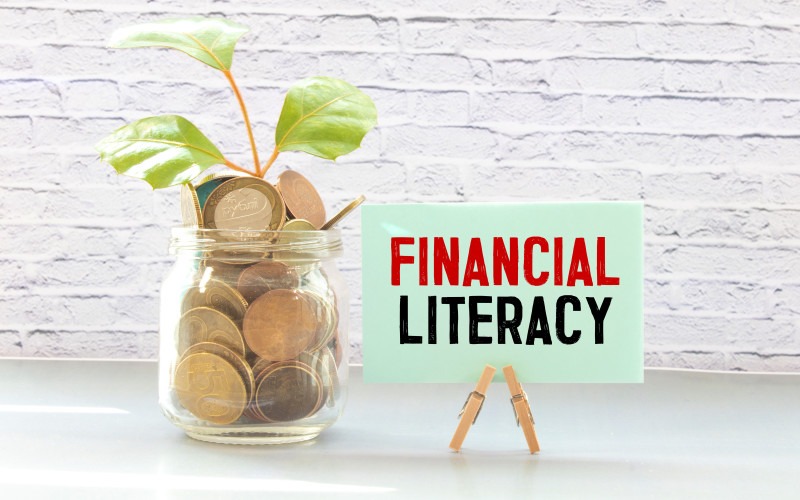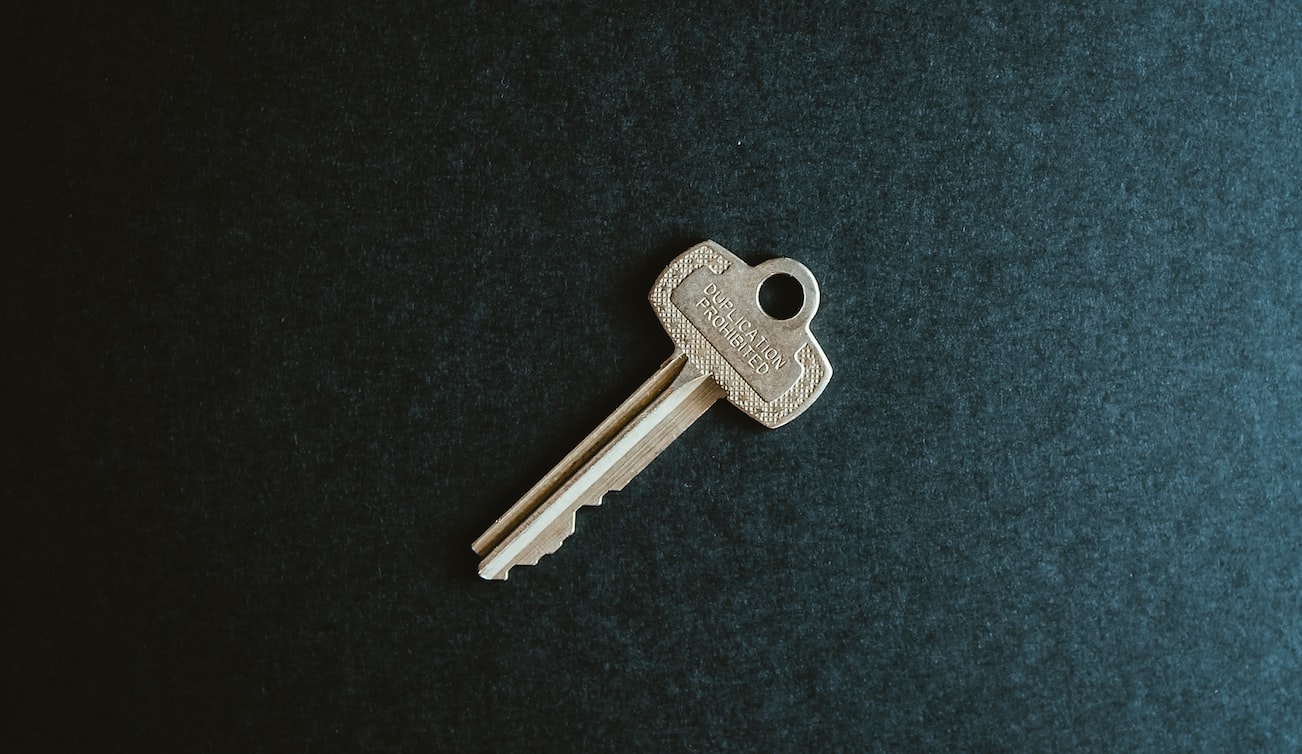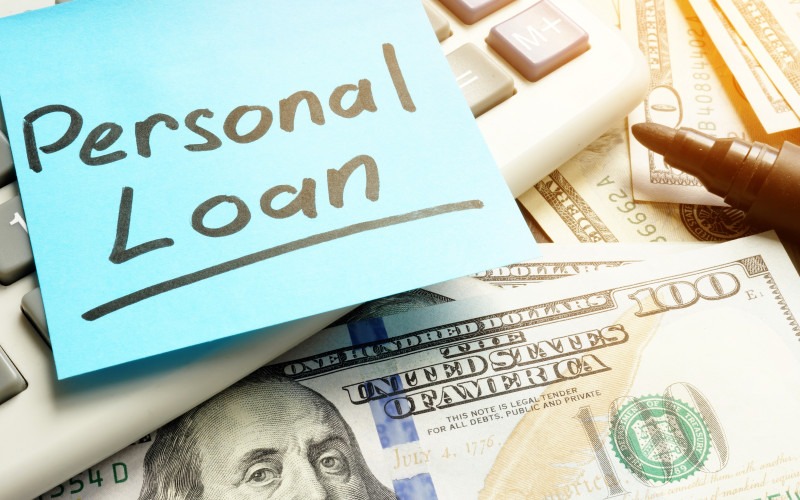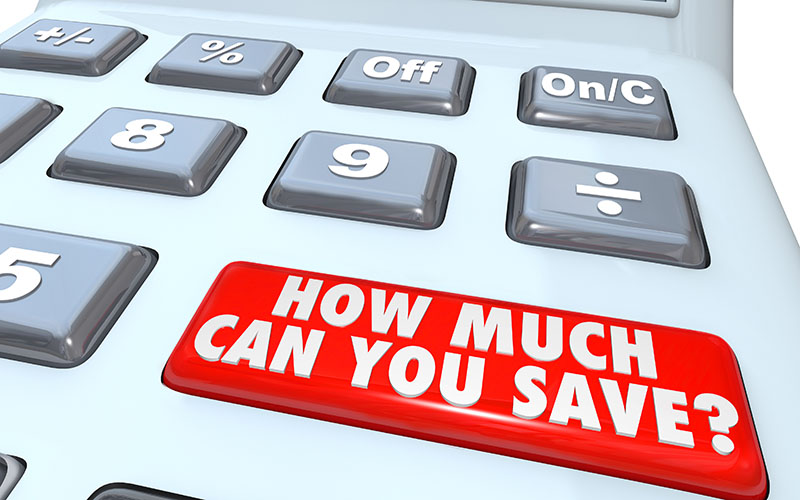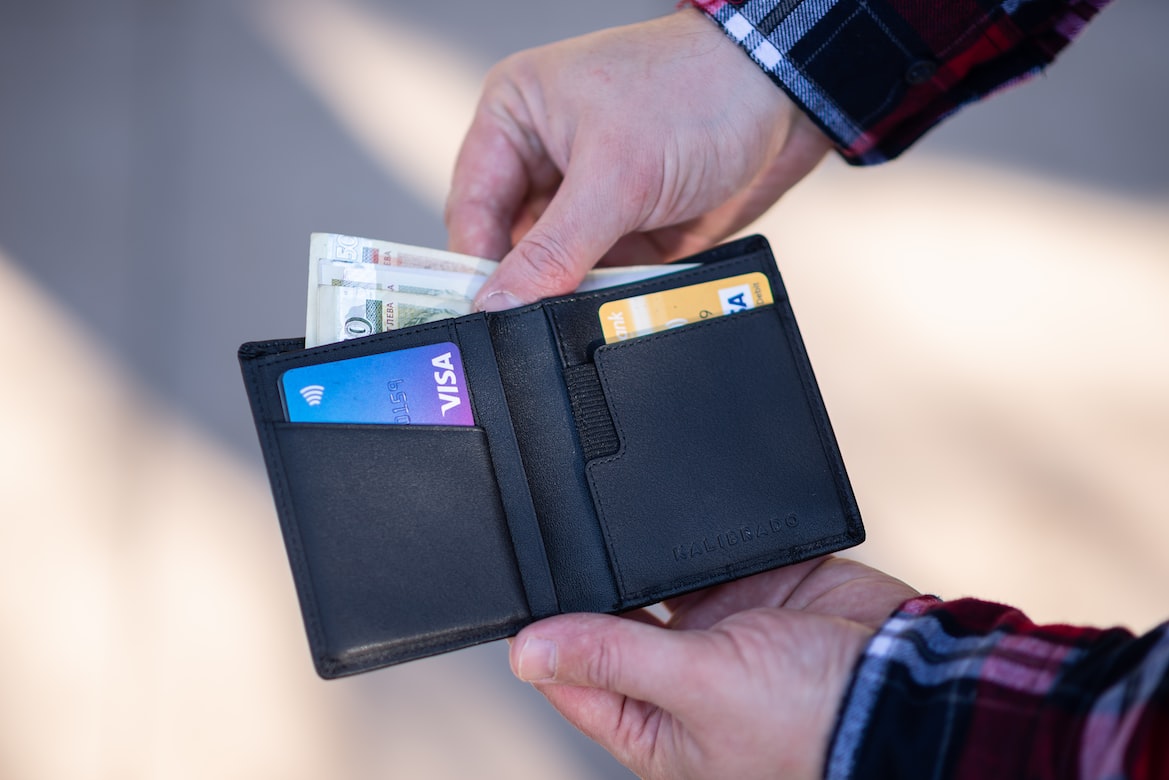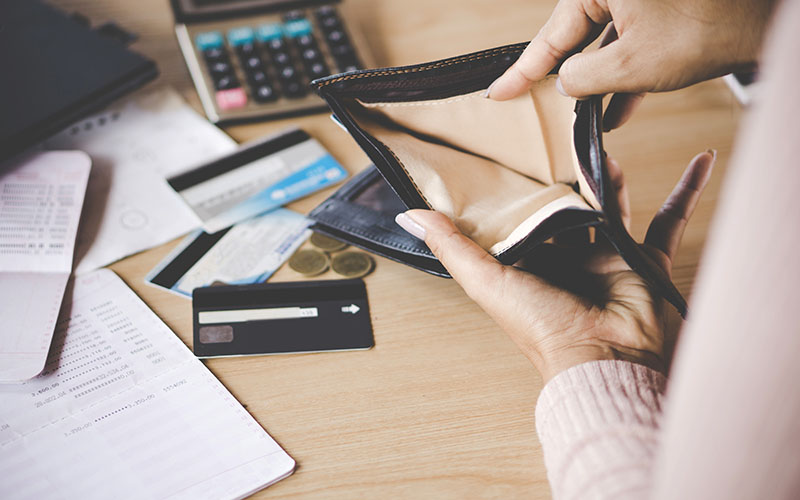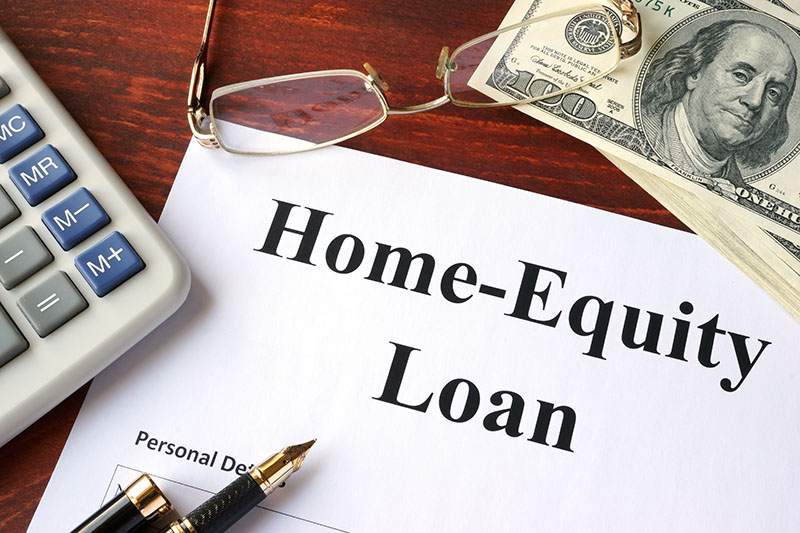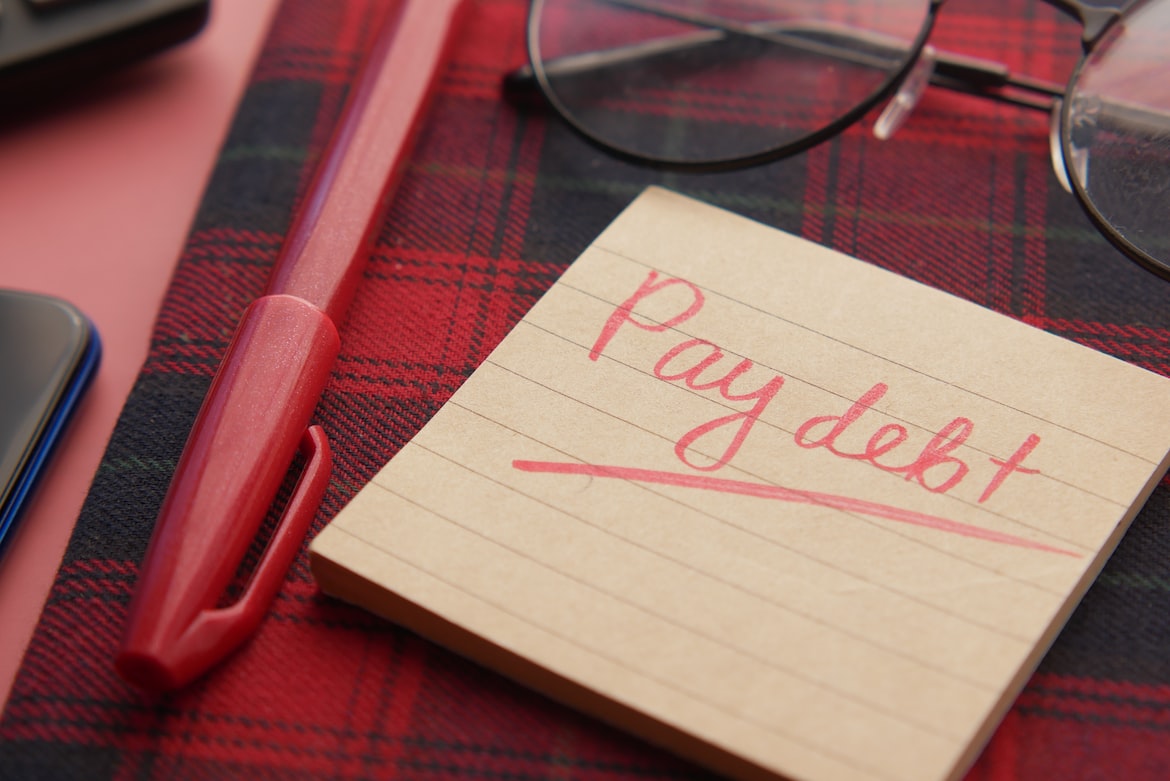Cash Advance Definition
Key Takeaways
- Cash advances are short-term loans available through credit cards, banks, and payday lenders, often with high fees and interest rates
- Quick access to funds but usually come with steep APRs, sometimes exceeding 100%
- Risky due to high costs, short repayment terms, and credit score impact if not repaid on time
- Alternatives like personal loans, borrowing from friends/family, or using credit cards directly may offer better terms
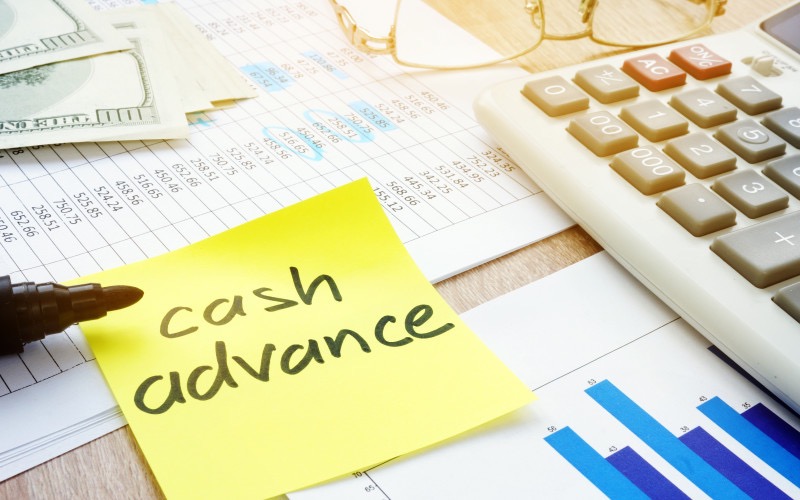
What Is a Cash Advance?
A cash advance is a type of short-term loan that can be obtained from a bank or alternative lender, similar in some ways to personal loans. Credit card issuers may also use the term to describe services allowing cardholders to withdraw a certain amount of cash.
Cash advances generally feature steep interest rates and fees but are attractive to borrowers because they also feature fast approval and quick funding. Credit card cash advances are extremely costly, as they often carry transaction fees in addition to high annual percentage rates (APRs).
How a Cash Advance Works
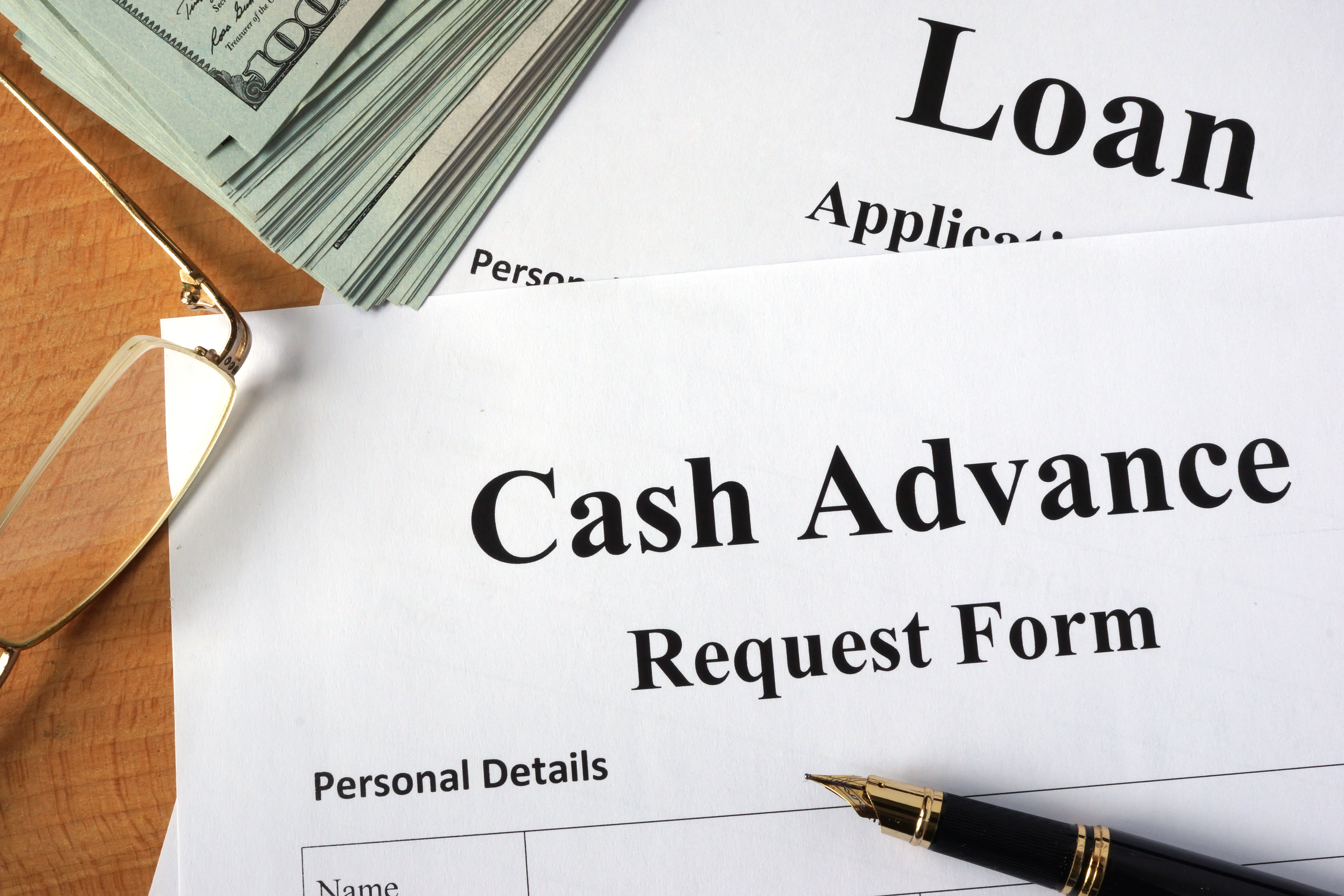
There are two main ways to get a cash advance: through a bank or check-cashing service or a credit card issuer.
Getting a cash advance from a bank or check cashing company is typically a pretty straightforward process. You’ll need to visit a local branch office, present your ID and proof of income, fill out a short application, and write a personal check for the amount you wish to borrow plus any associated fees. Alternatively, you may be able to get an advance by providing a recent pay stub from an employer as proof of income. The bank then gives you the cash, minus any fees, and holds onto your check until you repay the loan.
Credit card cash advances can be a bit more complicated. First, not all credit cards offer cash advances—and those that do usually require that you have an account in good standing and use a specific process to request one. Plus, cash advances from credit cards often come with exorbitant interest rates and potentially upfront fees.
Once you’re approved for a credit card cash advance, you’ll typically receive a set amount of money (usually between $50 and $1,000) that you can access by writing a personal check or using a special ATM card that the credit card issuer provides. Sometimes, you can also access a credit card cash advance by getting cash back with a purchase from a vendor who accepts that credit card. This cash advance appears on your next credit card statement as a purchase, and interest begins to accrue on the transaction date.
What’s a Cash Advance APR?
All cash advances—whether from a bank, check cashing company, or credit card issuer—come with fees and interest charges. And while the fees can vary depending on the lender, they’re typically quite high.
For example, payday loan companies often charge interest rates over 100%, while merchant cash advance fees can translate to APRs of 350%. Credit card cash advances, on the other hand, come with rates between 17.99% and 29.99%. While a credit card cash advance rate may be higher than the APR you’d pay for purchases or balance transfers, it’s likely lower than for more predatory types of cash advances.
Common Cash Advance Fees
Bank cash advances tend to feature fewer fees than credit card cash advances, but they can still be quite costly. Most banks charge a flat fee for each cash advance, which can range from $5 to $10. In addition, you’ll likely have to pay interest on the loan from the date of the transaction until you repay it in full. Check cashers also charge fees and interest, which can be higher than those charged by banks.
What Other Fees Are Associated With a Cash Advance?
Credit card cash advances are even more expensive than bank cash advances, as they often come with transaction fees in addition to high APRs. For example, a credit card issuer may charge a 5% transaction fee (which would be $10 on a $200 cash advance) and an APR of 30%. That means you’d end up paying more than $70 in interest and fees if you repaid a $200 advance over the course of one year.
Types of Cash Advances

There are three primary types of cash advances—those available from banks, credit cards, and payday lenders (or check-cashing companies). The process of using each kind varies slightly, as do the costs, and it’s essential to know how each works before deciding which one is right for you.
- Credit card cash advances: When you take out a credit card cash advance, you’re essentially borrowing money from your credit card issuer and then repaying it with interest and fees. Contact your card company to determine whether this type of cash advance is an option for cardholders.
- Bank cash advances: Taking out a bank cash advance involves borrowing money from your bank or credit union and then repaying it with interest and fees. Bank cash advances are expensive, but they can be a bit less costly than credit card cash advances.
- Payday loans: Payday loans are offered by payday lenders and check cashing companies and, like other types of cash advances, typically come with high fees and interest rates.
Cash Advance Pros and Cons
Pros of Cash Advances
- Available from a variety of sources, including credit cards, banks, and payday loan companies
- Funding times are fast, with cash usually available the same day
- Qualification requirements are limited, especially compared to traditional loans
- Can be used for a wide range of purposes, including covering unexpected expenses
- Often available in communities under-served by traditional banks
Cons of Cash Advances
- High interest rates and fees make cash advances more expensive than other loans
- Repayment terms are often extremely short—sometimes just a few weeks
- Late payments typically result in hefty late fees and other penalties
- Late payments can damage your credit score, making it harder to obtain future loans
Cash Advance Alternatives
There are several alternatives to getting a cash advance, including taking out a personal loan or borrowing from friends or family.
Personal Loans
Personal loans are unsecured loans available through banks, credit unions, and online lenders. A personal loan could offer better terms than a cash advance because they have lower interest rates than cash advances and can be used for a variety of purposes, including consolidating debt, remodeling your home, or covering unexpected expenses. Loan amounts typically range from just $1,000 to $100,000, with repayment terms from five to seven years.
Borrowing from Friends and Family
If it’s an option, borrowing from friends or family can be an attractive alternative to cash advances because terms are usually much more flexible, and costs are often negotiable. The agreed-upon interest rate will likely be lower (or nonexistent), and you won’t have to pay fees or penalties. Borrowing from friends is also less time-consuming than a personal loan because there is no formal application or underwriting process.
Remember, though, that this arrangement can damage relationships if money is borrowed and not repaid on time. Always put the loan agreement in writing, so everyone understands the repayment terms.
Using Your Credit Card as an Alternative to a Cash Advance
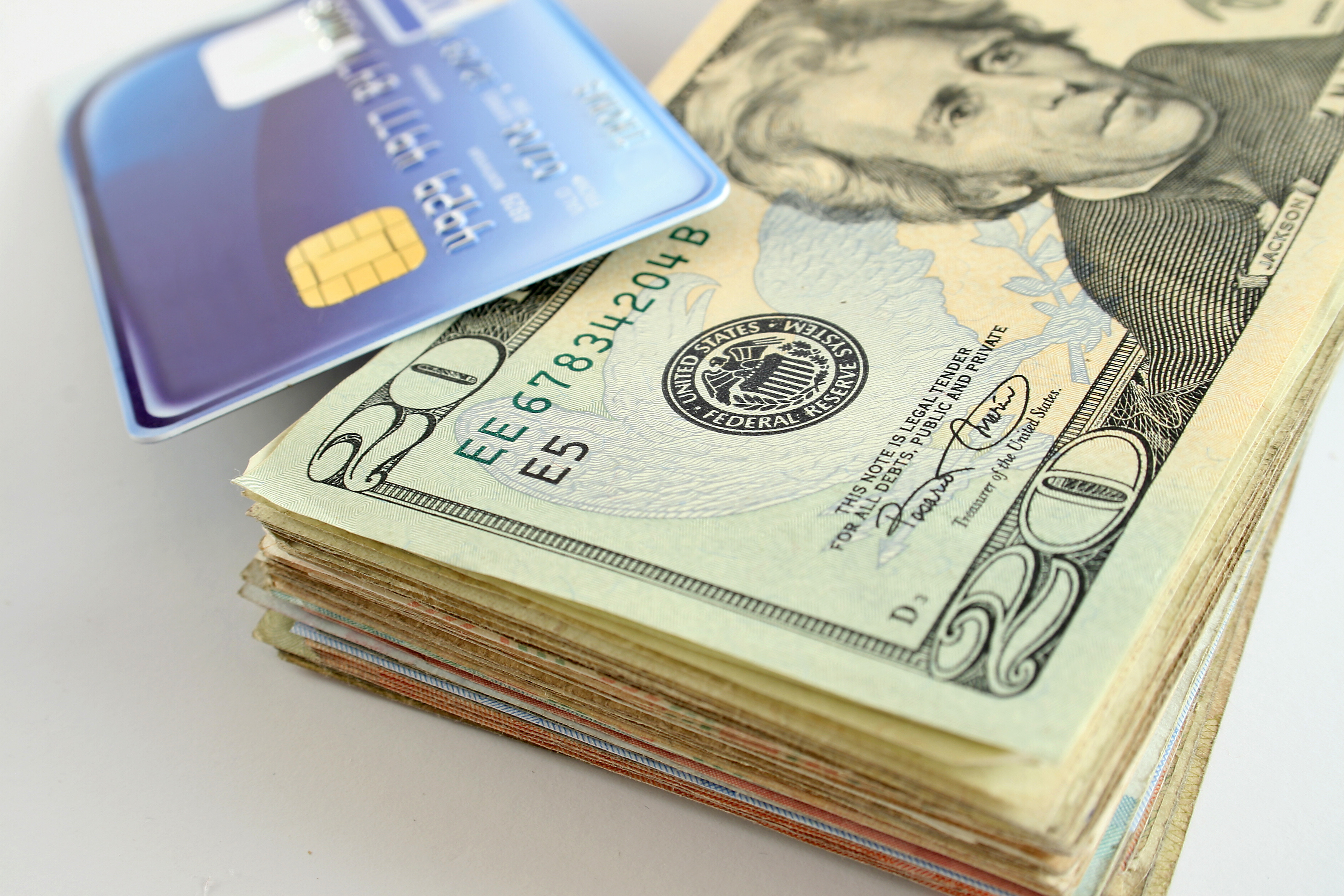
Depending on your credit card issuer and the other options available to you, covering expenses with a credit card can be a smart alternative to a cash advance. Not only are standard credit card APRs lower than payday loans and some other cash advances, your balance won’t accrue interest until after your payment dates.
So, if you use your credit card to cover an unexpected expense and pay off the balance as part of the current billing cycle, you won’t incur any interest charges.
Additionally, many credit cards offer rewards programs that allow you to earn points, cash back, or other perks for every dollar you spend. Some even offer 0% APR introductory periods on new purchases, meaning you can avoid interest charges altogether if you pay off your balance before the intro period expires.
Why would someone want a cash advance?
There are a variety of reasons why someone might want a cash advance. However, they are most commonly used to cover emergency expenses or to access cash between paychecks. This is because cash advances are quicker and easier to obtain than many traditional financing tools. For example, cash advances are often used to cover things like medical bills and car repairs.
What is the maximum you can withdraw through a credit card cash advance?
Most credit card companies will allow you to withdraw up to a certain percentage of your credit limit through a cash advance. This limit is usually 20% and 50% of your total credit limit, though some let borrowers access more than 50% of their limit. So, if your credit limit is $1,000, you would likely be able to withdraw $200 to $500 as a cash advance.
What’s a cash advance fee?
A cash advance fee is a charge that you pay for taking out a cash advance. This service charge is typically around 3% to 5% of the total amount that you withdraw. So, if you take out a cash advance of $1,000, you could be charged a $30 to $50 cash advance fee.
Does taking a cash advance hurt your credit?
Cash advances can hurt your credit score in a few ways. First, if you don’t repay the loan on time, you may end up with late fees and penalties. This can damage your credit score and make it harder to obtain future loans. Additionally, cash advances can be expensive, and if you take out multiple cash advances in a short period, it can be challenging to keep up with the payments. This can also hurt your credit score.
Why are cash advances a bad idea?
There are a few reasons why cash advances can be a bad idea. For starters, they can be expensive. Cash advances often come with high interest rates, and if you don’t repay the loan on time, you can end up with late fees and penalties that can damage your credit score. Additionally, cash advances can be difficult to repay if you don’t have the money saved or readily available. This can lead to a cycle of borrowing wherein you roll your initial advance into other loans, each with its own interest payments.
How do you pay back cash advances?
When you take out a cash advance, you typically have to pay it back within a few weeks. This means you must have the money available when your loan comes due. If you can’t repay the loan on time, you may incur late fees and penalties. You can generally pay back cash advances in a lump sum when you get your next paycheck or in installments over several weeks.
There are a few ways to pay back a cash advance, including:
- Write a check for the total amount
- Set up automatic payments from your bank account
- Pay back the loan with a debit or credit card
- Extend the repayment period (though this usually results in higher interest rates and additional fees)
Edited by:
Bryan Huynh
•
Product Tester & Writer

